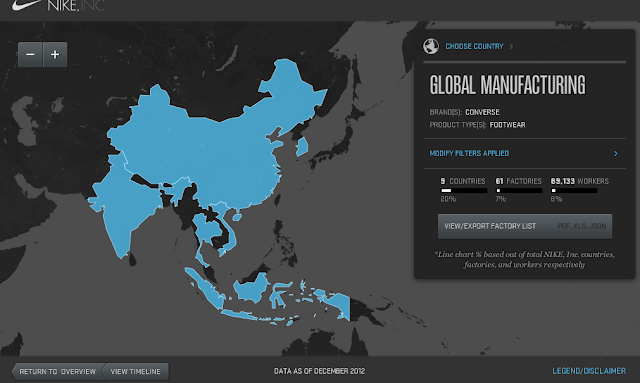THOUGHTS ON STEGER'S INTRODUCTION TO GLOBALIZATION
1. In this chapter, Steger outlines 5 historical periods in which globalization could be said to have begun: The Prehistoric, The Pre-Modern, The Early Modern, The Modern and the Contemporary periods. He argues that each one has its own set of events and outcomes to suggest that it heralded the beginning of the social shift towards what we read last week can be called a "global imaginary". Which of these five periods do you feel most strongly represents the beginning days of globalization, and why?
I believe that the prehistoric period (10,000 BCE-3500 BCE) is the birth of globalization in the sense that since human beings reached global migration we have been striving to re-unite as a species. When separating and dividing into small tribes of nomadic hunters and gatherers eventually there were humans scattered amongst all corners of the world. Once there was no longer a sense of unity throughout the human population (in a physical sense) we have been tracing back at an exponential rate to recreate that unity. Beginning slow advancements such as the settling of villages etc. globalization began to slowly accelerate. You could relate the worlds progression of globility to that of a parabola. The left half of the parabola depicting the separation. The further along you follow the function the further humans got from one another physically. The bottom most point being the furtherest away from globalization we were as a people. Whilst the right side of the parabola represents the journey back to coalition. Starting off slowly but as more time progressed the advancements accelerate dramatically. The only difference between the two states of unity is the distance between the population. We as humans feel connected to the whole population on a more subconscious, imaginary level considering the fact that most interaction is through screens. Where as before the great migration all interaction was physical. I believe that globalization has been a continuous incline with centuries of change in both technology and social/moral stature. Just because there was no word to describe what was going on until recent years it is ignorant to deny the significance of even the smallest progression of globalization. All five periods in time are on the parabola of the global imaginary.
2. Throughout Chapter 2, Steger refers to the influence of social and economic classes in the advent of globalization. What is the definition of "classes" here, and how does it relate to the way we read and interpret images in a globalized context?
In this context "classes" are groups of people with the same economic stature, education, or status among coming together to build up a population. Each class has a certain place in the scheme of production and consumption. Hierarchy may lessen equality but it gave birth the ability divide work loads among the people creating new opportunities for jobs. Invention and technology advancement came from the class separation of "craft specialist" in the prehistoric era. Now these classes have evolved so that each stage in the global market is a different social and economic class. These economic classes also create the need for variations in prices on products to suit the different classes. An upper class wealthy person of a higher social status would go to a "why pay less" whole foods store to pay for what they deem as the best, while a working class person of a below average economic class would go to a Food Basics and get the necessities. This created the need for brands, or multiple companies producing the same products but they are valued differently due to a name. Without the differences in class there would not have been need for options in what you purchase, which also effects world trade. Where mass production is less costly the products that get exported out are cheaper, whereas places with a higher paid working class produce more expensive product. The amount of varying social classes globally require more trade between continents to achieve those options, which the classes so desire.






